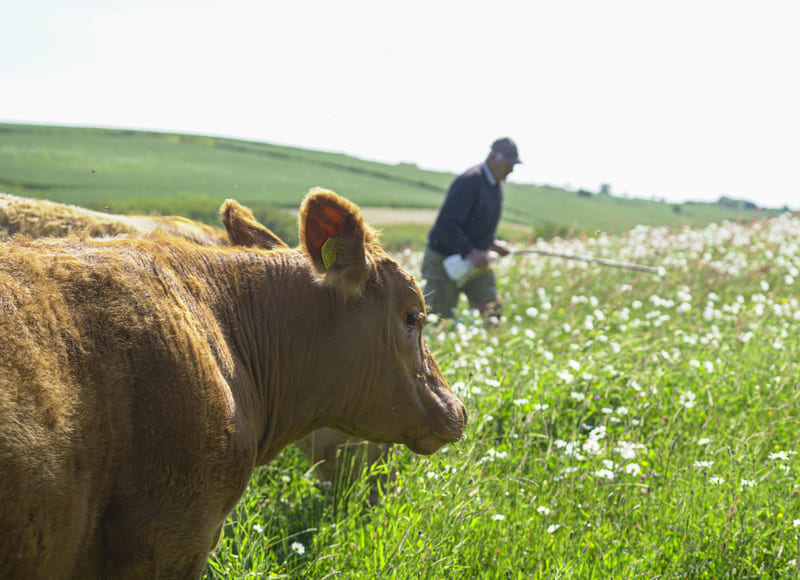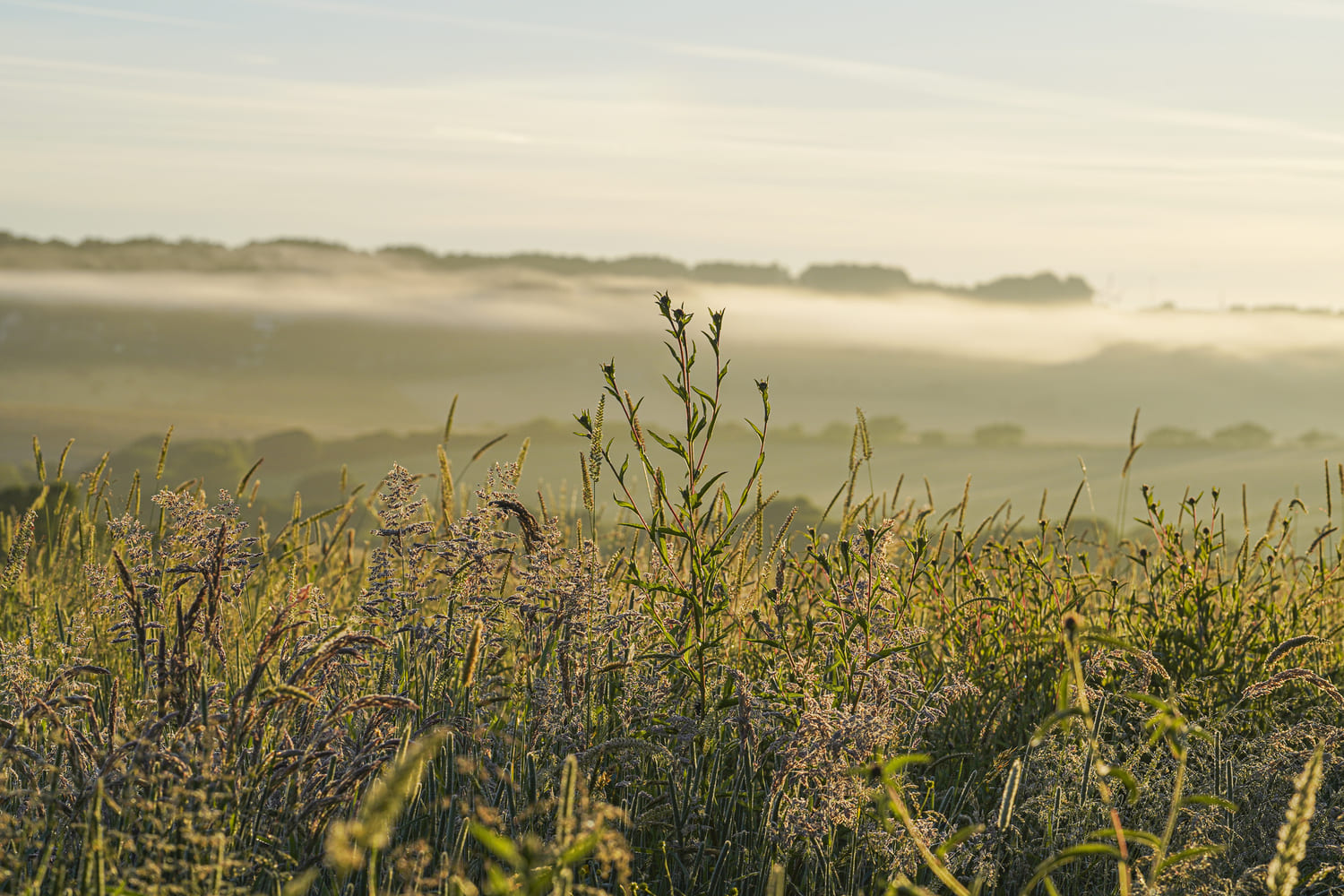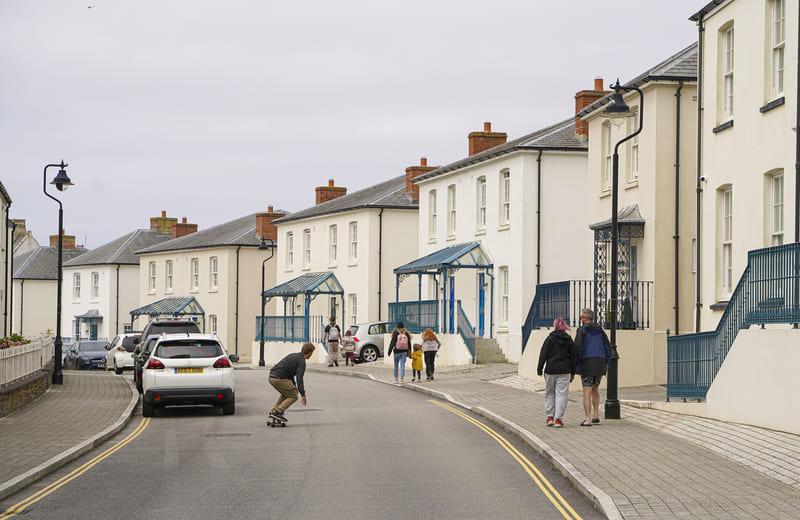Sustainability Strategy
Nansledan is designed to become an exemplary and highly sustainable community, set in a beautiful and accessible natural environment, where local wildlife and habitat is greatly enhanced for the community to enjoy.
Low carbon lifestyles
The approach to sustainability in Nansledan is truly holistic, enabling low carbon lifestyles through the provision of energy efficient, low carbon housing (with natural local materials and increasing levels of renewable energy), workspaces, local shops, infrastructure and community facilities within walkable neighbourhoods; all set within a diverse and active environment which greatly enhances local biodiversity, amenity and local production of food with edible streets, allotments and orchards.
In addition to this, Nansledan is pressing ahead with various pilot projects testing new construction methods, materials and new technologies on our journey towards net zero carbon homes and business premises.


The Duchy’s wider vision
The Duchy of Cornwall’s overall vision to ensure “Sustainable Stewardship for Communities, Enterprise and Nature” is reflected throughout Nansledan and the wider Estate and it has long been an influential advocate for sustainable development.
Through its activities, the Duchy of Cornwall aims to generate positive impacts and value over the long term, balancing environmental, social and economic needs.

Environmental sustainability
The Duchy of Cornwall is significantly enriching the ecology of Nansledan in line with its wider Natural Capital and Biodiversity Net Gain initiatives, which aim to increase natural capital across the wider Estate.
At Nansledan, the original Green Infrastructure Strategy is expected to deliver an overall increase in habitat “units” of around 24% and an increase in hedgerow “units” of around 48%. This far exceeds the Governments’ 10% requirements for Biodiversity Net Gain in development.
In total, Nansledan will provide an estimated 1.2 million square meters of natural and open space for the community, which is equivalent to around 180 full sized football pitches and eight times Cornwall Council’s guidance on open space for a community of this size.
Social sustainability
Nansledan is creating an integrated and well balanced community with homes, businesses, community, education and health facilities to suit the needs of people from different backgrounds and at different stages of their lives.
With a wide range of house types and at least 30% affordable housing for local people, Nansledan is making a major contribution towards Cornwall’s housing needs and the social cohesion and opportunities for the people of Newquay and the surrounding area.
All of Nansledan’s affordable homes are interspersed with open market homes, built to the same quality so they are indistinguishable from one another and to create a strong sense of belonging.
All of the affordable housing is allocated to people on the local housing waiting list, and over the first 8 years of development over 70% of the open market homes have been bought by people who were already living in Cornwall. Holiday letting is not permitted in order to ensure we are building community spirit and that Nansledan very much remains part of the housing solution.


Economic sustainability
As part of its sustainability strategy, Nansledan aims to provide an economic microclimate that supports its community for the long term, with an ambition to deliver significant employment opportunities throughout the community.
The aim is to diversify local employment across a range of skills and sectors, enabling people to live and work in the same place, and to create opportunities that help tackle Newquay’s highly seasonal and predominantly low wage visitor economy.
Nansledan also spreads the economic benefits of development to other parts of Cornwall and the South West. For example slate and granite for Nansledan comes from Cornish quarries and Nansledan supports an estimated 150+ construction jobs locally, and a further 250+ in the supply chain (estimated in May 2022), with apprentices and finishers working across the trades on site.
Once fully developed, Nansledan is expected to have increased the local working age population by more than 6,200 people, and increased the local resident population by 8,800 people.
Low carbon construction
How our development is using good design, quality materials and local sourcing to reduce the amount of carbon released during the construction and life of Nansledan.
Biodiversity
The Duchy of Cornwall’s objective to greatly enhance local wildlife and habitat in and around Nansledan, and ensure that Biodiversity Net Gain exceeds national standards.
Food culture
How Nansledan encourages the community to make more sustainable food choices where they can. This might be by buying local produce or growing your own.
Nanseldan sustainabilty strategy
The sustainability strategy for Nansledan is set out and governed by the Nansledan Design Manual, which includes the Nansledan Pattern Book, Green Infrastructure Strategy and Highway Key Design Details.